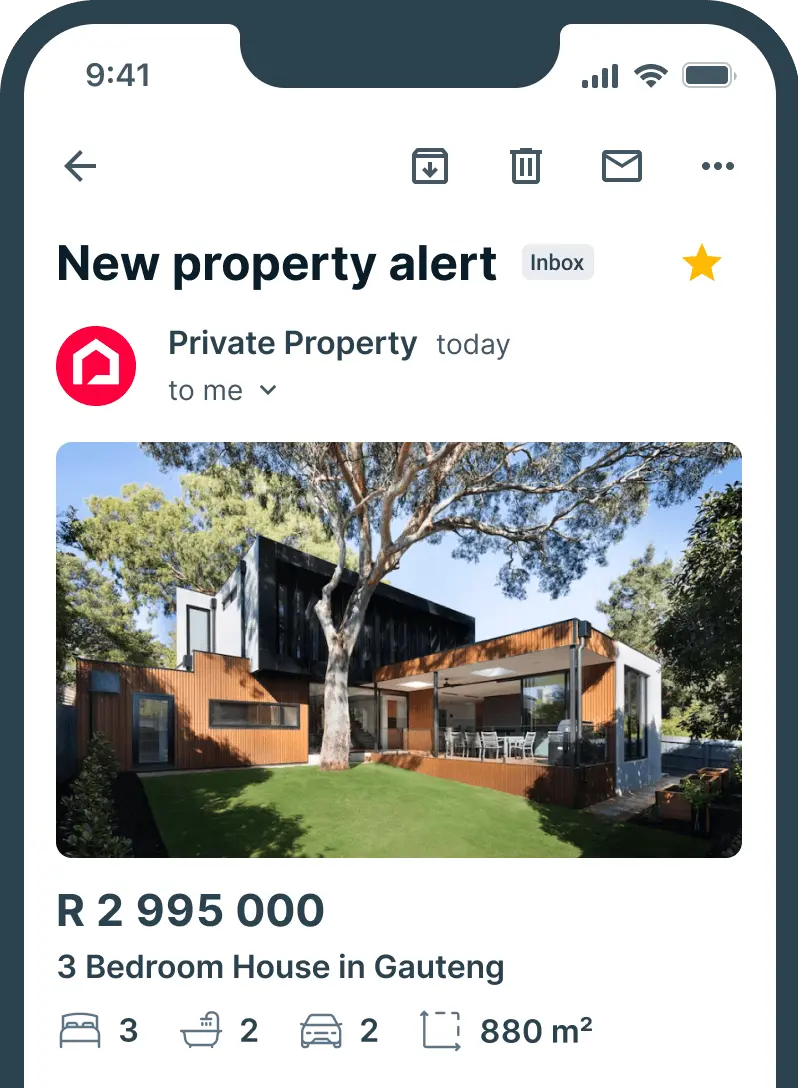In a global Savills survey by Pam Golding Properties (Savills’ exclusive residential real estate partner in Africa) ‘green’ home features are highlighted as becoming more commonplace in new-builds and retro-fits. These include, but are not limited to, solar and other forms of energy-efficiency, grey water systems, rainwater collection tanks, boreholes and waterwise gardens. But, as Dr Andrew Golding, chief executive of the Pam Golding Property group, points out, there are far more innovations in the market beyond that list.
“Sustainable building has become an important consideration rather than just a ‘nice-to-have’, as South African consumers seek to achieve long-term financial savings as well as added value and saleability when the time comes to sell their homes,” says Golding.
“Inter alia, there are also obvious benefits for the planet regarding the conservation of natural resources, and overall health benefits through reducing carbon emissions, energy efficiency, and the like.”
The use of innovative building materials in the construction industry has increased dramatically in recent years, incorporating age-old as well as modern methods, each with its own characteristics and unique appeal, and demonstrating noteworthy creativity in the pursuit of renewable, eco-friendly solutions.
From the past …
Examples of centuries-old building materials and methods are evidenced in South Africa’s Karoo. Here are corralled houses which were built in the 1820s from flat stones laid on top on one another, extending slightly further inwards until meeting at the apex. Another ancient yet environmentally-friendly construction method, rammed earth - which is still a practice used today - compacts gravel, sand and clay to form walls.
… to the present …
Transparent wood is a recent development. It is eco-friendly and said to be much stronger and more lightweight than glass. It is a flexible product and presents efficient thermal properties. Largely used for windows, the wood is derived from the fast-growing Balsa tree, which is then soaked in a special solution before epoxy resin is added.
Windows made with panels of glass filled with water are being used to regulate temperatures by absorbing heat, thereby reducing the need for and cost of air conditioning, while cladding panels made from forestry and agricultural waste actually store carbon.
…to the future …
Golding says that the focus on the recycling of materials has launched a number of successful business ventures. “For example, businesses are recycling plastic bottles into bricks, which provides good insulation for housing. Other alternative materials for bricks, are straw bales, construction waste, and even bagasse which is a by-product of sugarcane processing.”
These are the types of innovations that will guide us into the future, where green living and environmental builds will become the norm. Even now we are seeing incredible developments in the concrete market. A recent groundbreaking innovation, for example, creates renewable energy storage in a ‘supercapacitor’ from cement, water, and a substance known as carbon-black, which has the potential for storing solar energy.
“‘Self-healing concrete’ is another reality today,”, says Golding. “It uses different methods whereby the reaction of various additives enables the concrete to fill or heal cracks and cavities, and become stronger. There is also a new additive consisting of polymer microfibres, which adds considerable strength as well as flexibility to concrete.
“Furthermore, there’s a host of other environmentally-friendly products that can be used in building homes … the possibilities for sustainability are seemingly limitless! There is cause for optimism in real estate markets as healthier, greener living becomes increasingly important,” concludes Golding.




